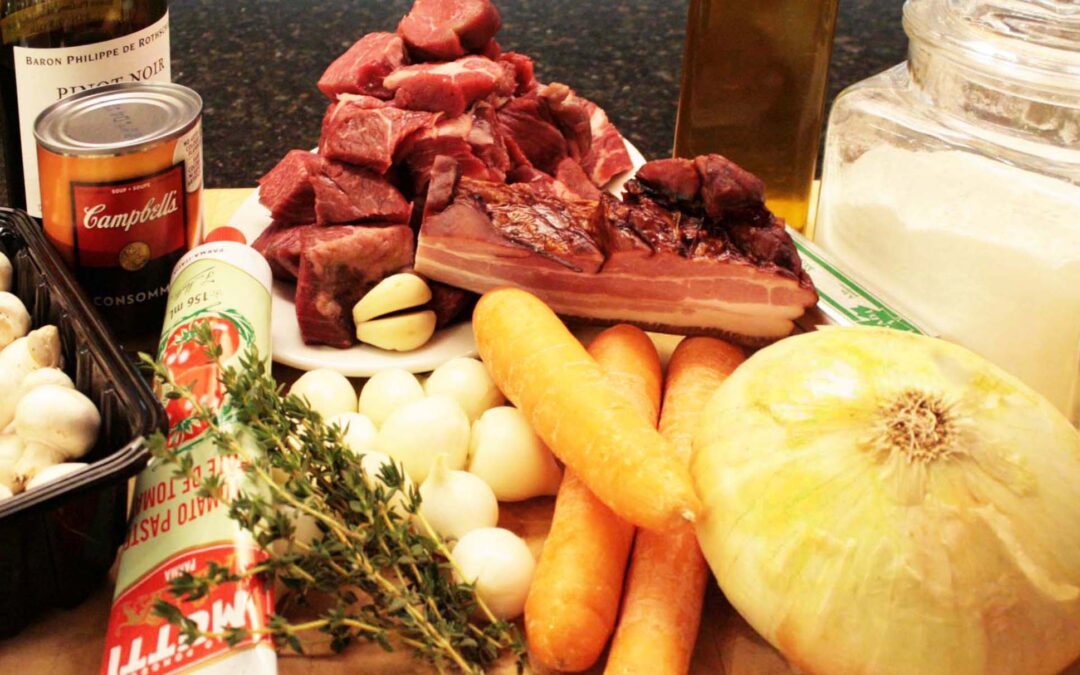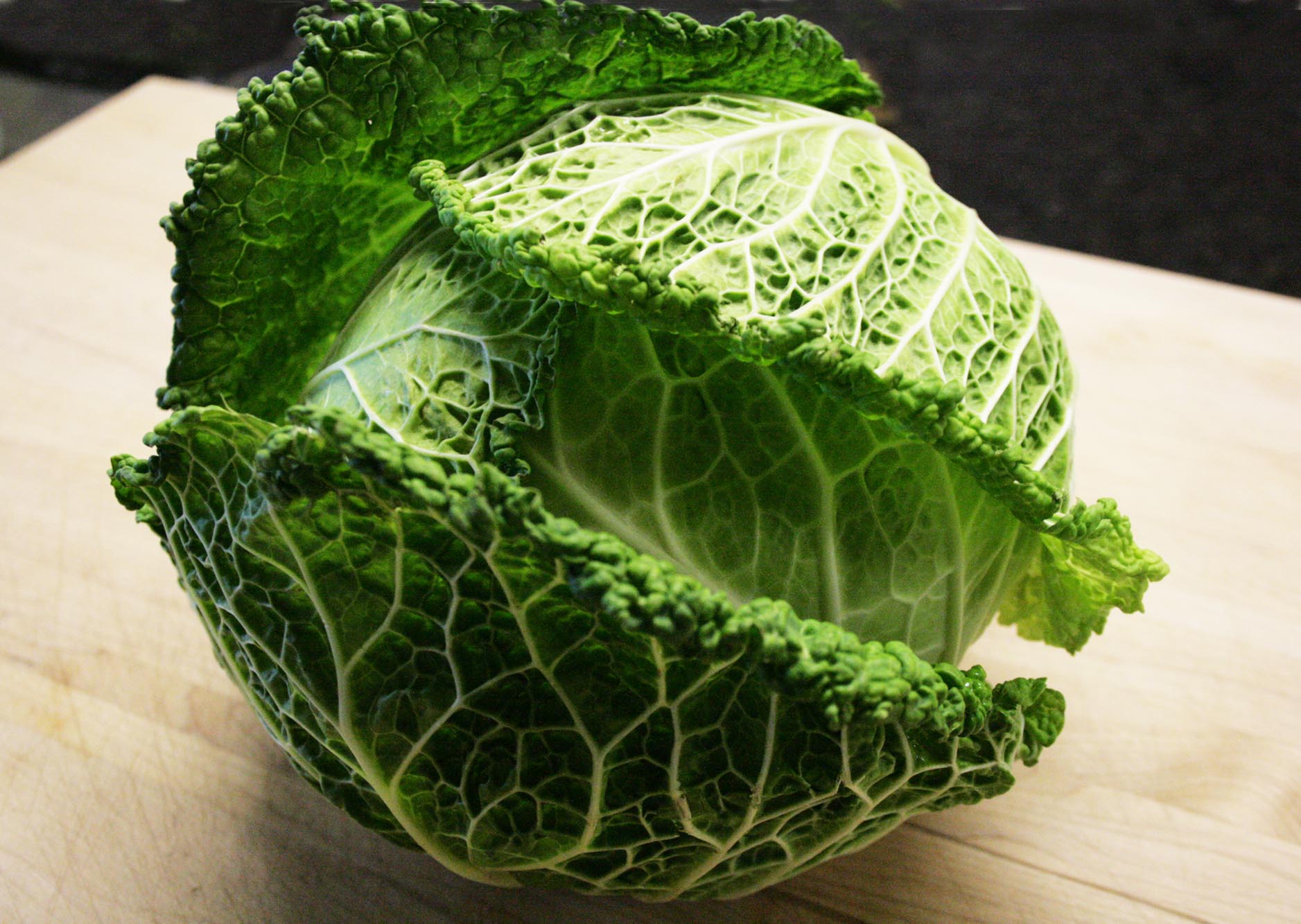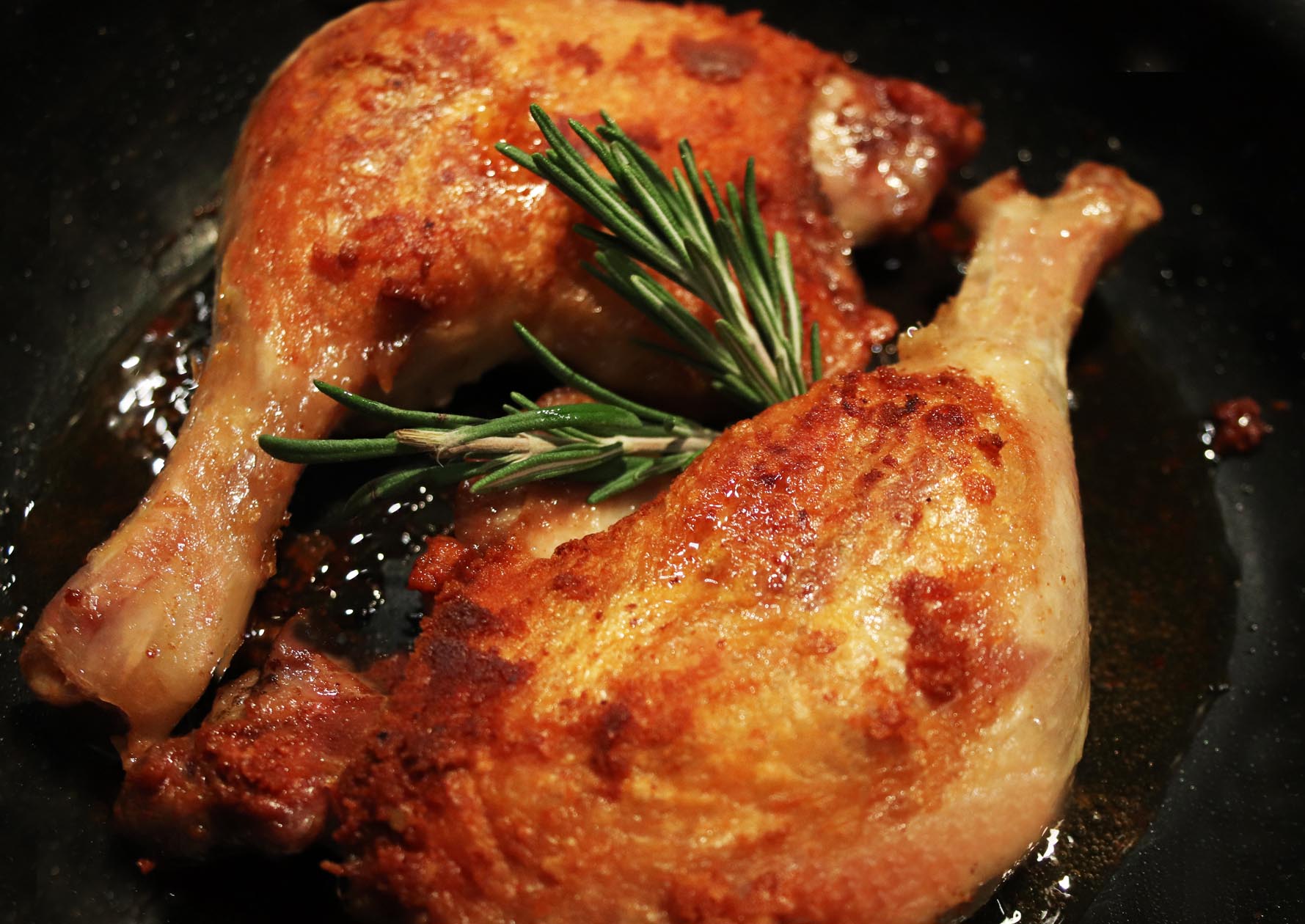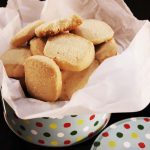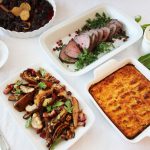If you’ve ever cooked from my new cookbook Inspired Cuisine or browsed a recipe on my website, you’ve likely noticed a recurring first line in every recipe: “Gather all ingredients before starting the recipe”, or in other words, gather first, cook later.
It might seem like a small detail, but this simple instruction is the cornerstone of successful cooking, and it’s one I learned the hard way.
Lessons from the Early Days
When I first started cooking, I was enthusiastic but often a little too spontaneous. I’d jump into a recipe with excitement, only to realize halfway through that I was missing a key ingredient, like fresh basil for a tomato sauce or eggs for a cake. Cue the frustration, the scramble to improvise, or the last-minute dash to the grocery store.
Eventually, I realized that many of my kitchen mishaps could have been avoided with one simple habit: checking my ingredients before I started. I thought I’d come up with a clever trick, but as I dug deeper into culinary traditions, I discovered that this practice had a name, and a rich history.
Mise en Place: Everything in Its Place
The phrase mise en place (pronounced meez-on-plahs) is French for “everything in its place.” It’s a foundational principle in professional kitchens, first popularized by Auguste Escoffier, the legendary chef who revolutionized modern cooking in the early 20th century.
In culinary school and restaurant kitchens, mise en place isn’t just a suggestion, it’s a discipline. Chefs prepare every ingredient, measure every spice, and organize every tool before the first pan hits the stove. It’s about readiness, precision, and respect for the cooking process.
While you don’t need a chef’s coat to benefit from mise en place, adopting this mindset at home can transform your cooking experience.
Avoiding the “Oh No” Moments
We’ve all had that moment. The oven is preheated, the onions are sautéing, and suddenly you realize you’re out of garlic. Or worse, you’re missing the main ingredient entirely. What now?
If your recipe isn’t time-sensitive, you might hop in the car and head to the store. But that’s not always practical, especially on busy weeknights or when you’re entertaining guests.
Here’s how to sidestep the stress:
Read the recipe all the way through…
Before you even touch a measuring spoon, take a moment to read the entire recipe from start to finish. This simple habit helps you understand the flow of the dish, anticipate any tricky steps, and spot unusual ingredients that might require a special trip to the store.
I’ve taken great care to structure my instructions in clear, concise terms, so you’re never left guessing. Each step is designed to guide you smoothly through the process, whether you’re a seasoned cook or just starting out.
And because cooking is as much visual as it is technical, I’ve included photos throughout my recipes to show you not just what to do, but how it should look at each stage. From prepping ingredients to plating the final dish, these images are there to build your confidence and help you stay on track. Think of it as your personal cooking companion, one that’s always ready to show, not just tell.
Gather all ingredients before you begin…
Lay them out on your counter. Check quantities. Make sure nothing’s expired or missing.
Use tools to stay organized…
On my website, I’ve added a simple but powerful feature to help you stay organized while cooking: ingredient checkboxes.
Each recipe includes a checklist right next to the ingredients. As you prepare your dish, you can tick off each item as you add it, whether it’s a pinch of salt, a splash of olive oil, or the main protein.
It’s a small detail, but it makes a big difference in keeping your cooking process smooth and stress-free.This feature is especially helpful if you’re following a recipe from your phone or tablet, which many of us do these days. Instead of flipping back and forth or trying to remember what you’ve already added, you can simply tap the checkbox and move confidently to the next step.
It’s like having a built-in sous chef, quietly keeping track so you don’t have to.
Whether you’re multitasking in a busy kitchen or just want to avoid those “Did I already add the garlic?” moments, this tool helps ensure that nothing gets missed and everything ends up exactly where it should be.
Flexibility in the Kitchen
Sometimes, even with the best planning, you’ll find yourself short an ingredient. Don’t panic. If you’ve already gathered your ingredients and noticed something’s missing before you start, you have options:
Switch recipes
If you were planning to make chicken piccata but you’re out of capers, maybe pivot to a creamy chicken mushroom dish instead.
Substitute smartly
No buttermilk? Mix milk with a splash of lemon juice. Missing fresh herbs? Use dried, but reduce the quantity.
The key is knowing before you begin—so you’re in control, not caught off guard.
Cooking with Confidence and Calm
Cooking should be a joyful, creative experience, not a stressful one. By embracing mise en place, you set yourself up for success. You’ll feel more confident, more focused, and more present in the kitchen.
So yes, that first line in my recipes, “Gather all ingredients before starting the recipe”, might seem simple. But it’s a powerful reminder, born from experience, rooted in tradition, and designed to make your cooking smoother and more satisfying

